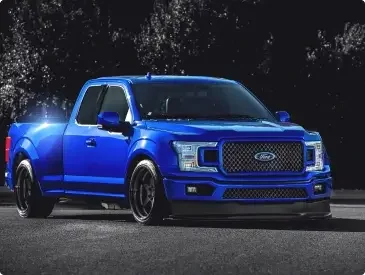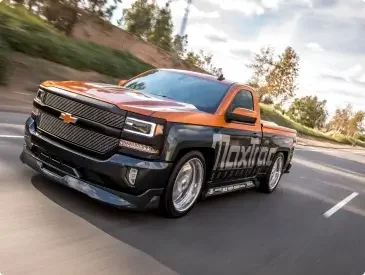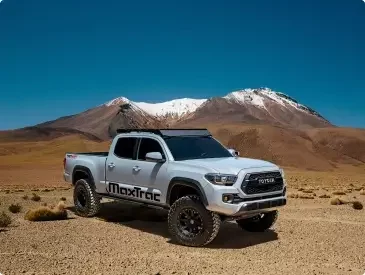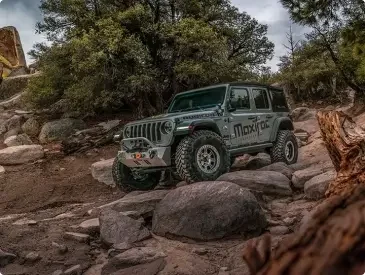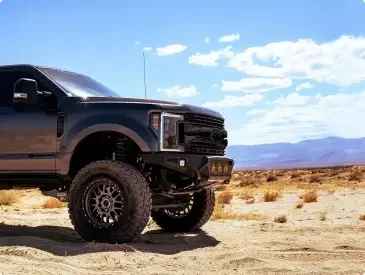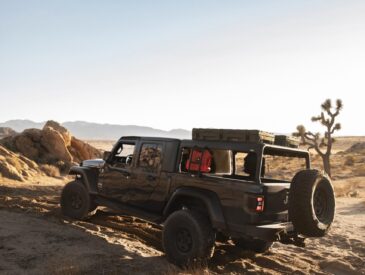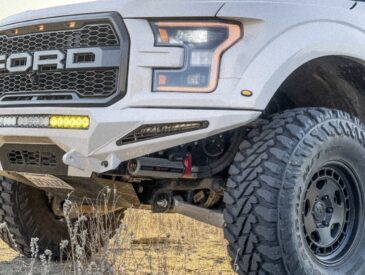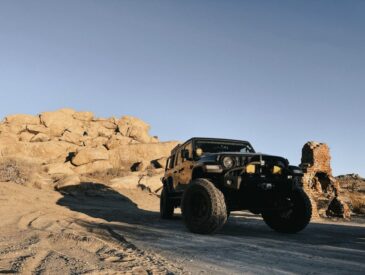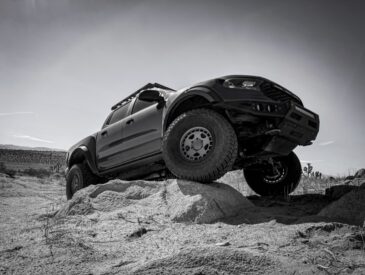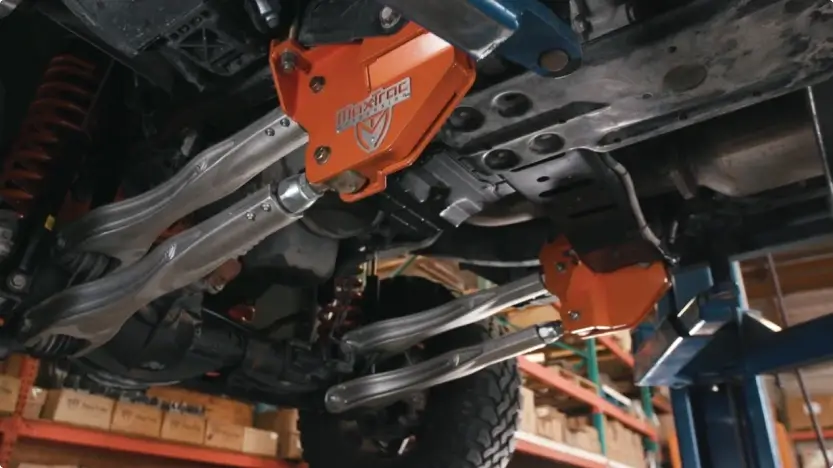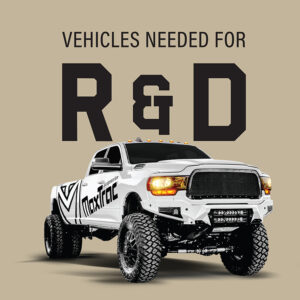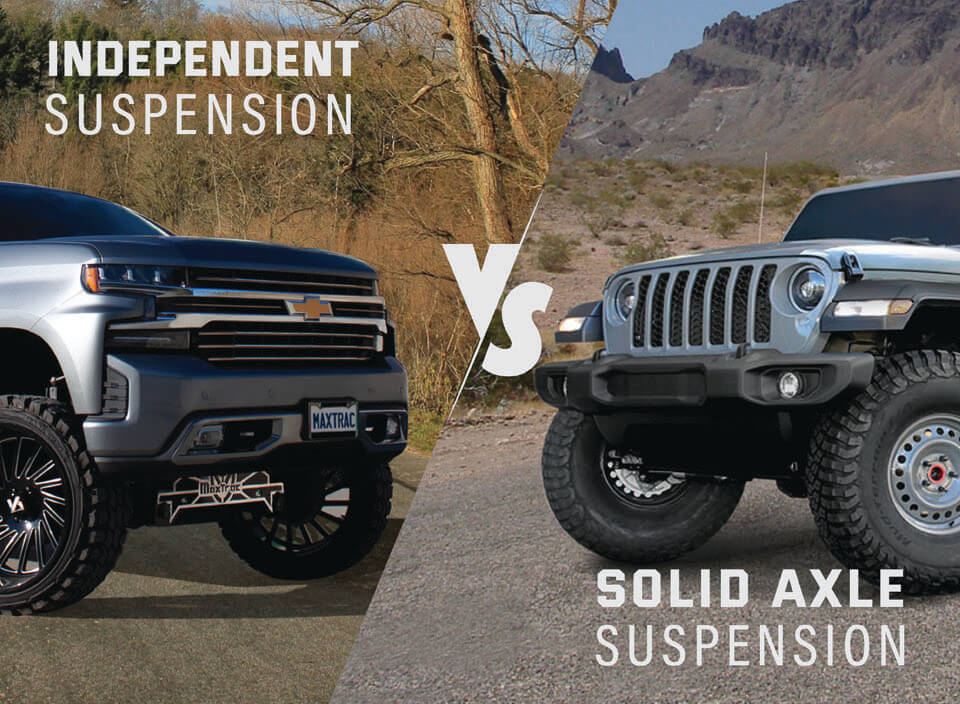
Every driver values ride quality and vehicle performance. A major factor in this is the type of suspension a vehicle uses. The two most prominent suspension designs are the independent suspension system and the solid axle suspension system. Each has distinct mechanical properties and delivers unique advantages, particularly in terms of comfort, handling, off-road capabilities, and payload.
What Determines the Type of Suspension in a Vehicle?
Throughout the years, vehicle manufacturers have designed numerous types of suspensions, ranging from independent control arms and twin traction beams to leaf springs, radius arms, and multi-link systems.
Each suspension style has its pros and cons to ride quality, durability, payload, and ability to be modified, but have you ever thought about what determines “which type of suspension” a vehicle gets equipped with?
But what actually determines whether a vehicle gets an independent suspension system or a solid axle suspension system?
The answer usually comes down to this: Did the factory choose to run a solid axle differential or not?
If it did, then the vehicle is likely equipped with leaf springs, radius arms, or a multi-link suspension. If not, most vehicles will be running some form of independent wheel suspension.
What is a Solid Front Axle?
A solid axle suspension system is one of the oldest and most rugged designs still in use. In fact, it dates back to the early days of motor vehicles, and for good reason.
A solid axle not only houses the differential, but it also houses the axles, wheel bearings, and brakes all in one unit.
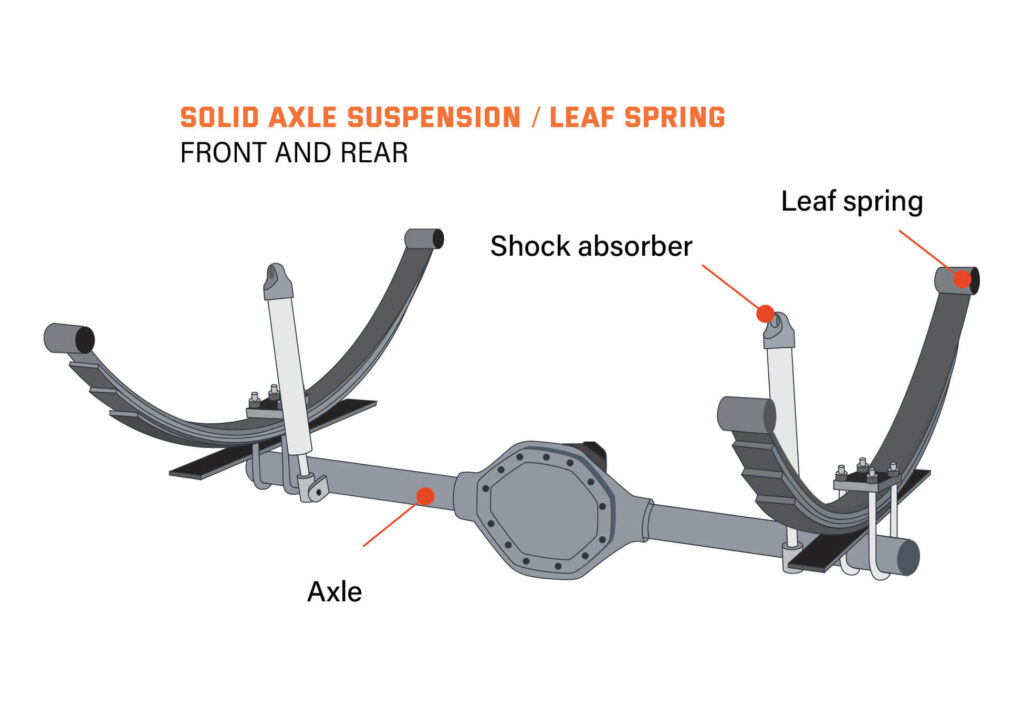
In solid axle vehicles, leaf springs are often used to hold up the weight and position the axle. Though leaf springs are extremely reliable and great for payload, they tend to sacrifice ride quality.
To address that, manufacturers started integrating coil springs, which offer a much smoother ride. However, coil springs require extra components, like radius arms and trac bars, to control axle movement and alignment.
Solid Axle Suspension in Modern Use
Solid axle suspension is still very common, however, only in the rear of most trucks or front and rear of some 2500/3500 trucks, for reasons of strength and weight carrying ability.
It is also very popular in slower speed, off-road vehicles such as rock crawlers, which tend to run a high level of torque through their driveline and place a lot of stress on their physical suspension components.
High-speed, off-road trucks tend to lean towards independent suspension for its smoother ride and isolated control of handling obstacles.
What are Radius Arms?
Radius arms were originally designed to guide the motion of a solid axle as it moves through its suspension cycle.
- They typically attach to the axle at two points and to the vehicle frame at one point.
- This setup allows the solid axle to pivot up and down in a radius-like motion.
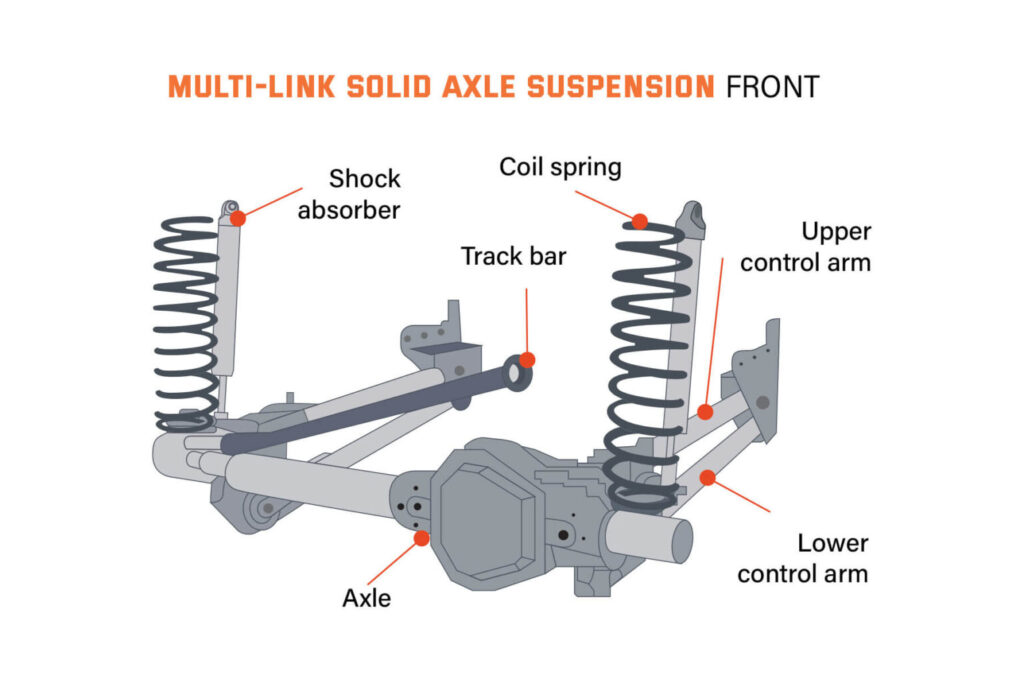
However, radius arms don’t control side-to-side movement, so a trac bar is needed to manage lateral motion.
While strong and simple, radius arms can cause a “porpoise-like” up-and-down sensation during suspension movement.
They may also negatively affect alignment as the suspension cycles.
So, What is Independent Suspension?
Following the development and implementation of coil spring suspension, OEM designers sought to further improve ride quality by completely separating the suspension side to side. This led to the development of independent suspension.
An independent suspension system allows each wheel to move on its own without affecting the opposite side. For example, when your left tire hits a pothole, your right tire doesn’t bounce along for the ride. That means better comfort, tighter handling, and smoother highway performance.
Independent Front Suspension
IFS suspension is typically comprised of upper and lower control arms that are connected in the middle by a steering knuckle, which is able to pivot left to right when commanded by the driver of the vehicle.
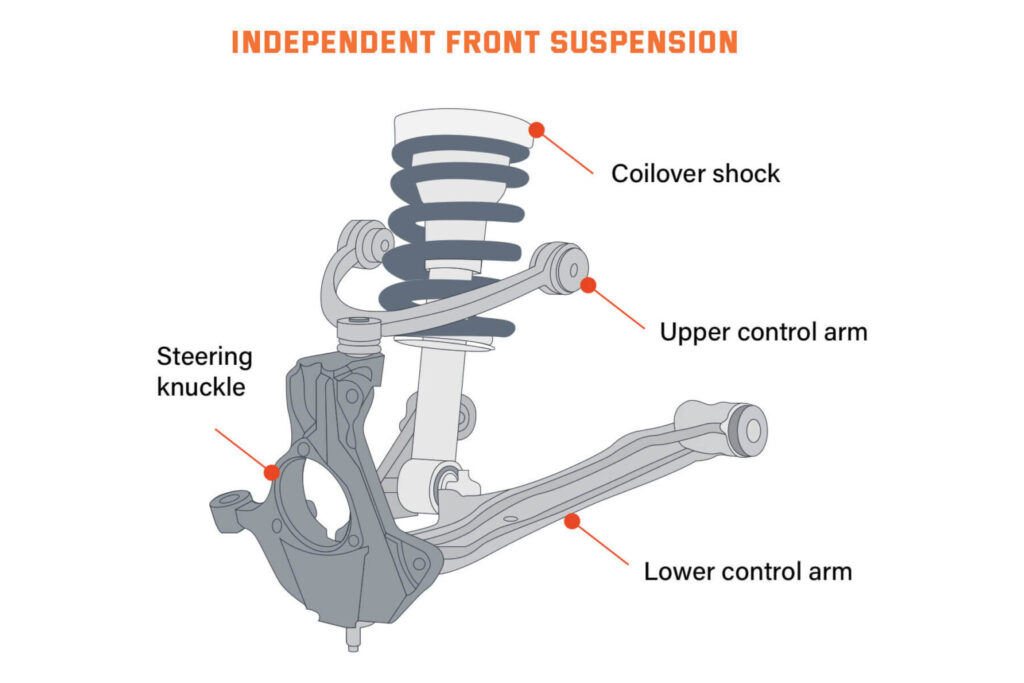
Independent suspension allowed for the isolation of the vehicle’s reaction to a bump, meaning that if the vehicle hits a bump on the left side, the right side is not affected, as it would have previously been with a solid axle.
Independent Rear Suspension
Next came the independent differential that allowed drive axles to be installed with independent suspension, whether in the front as “IFS” or in the rear with “IRS”. Independent suspension has seemed to take over most modern platforms as it allows for a softer ride and tends to be lighter for better fuel efficiency.
Solid axle-equipped suspension is still very common, however, only in the rear of most trucks or front and rear of some 2500/3500 trucks, for reasons of strength and weight carrying ability.
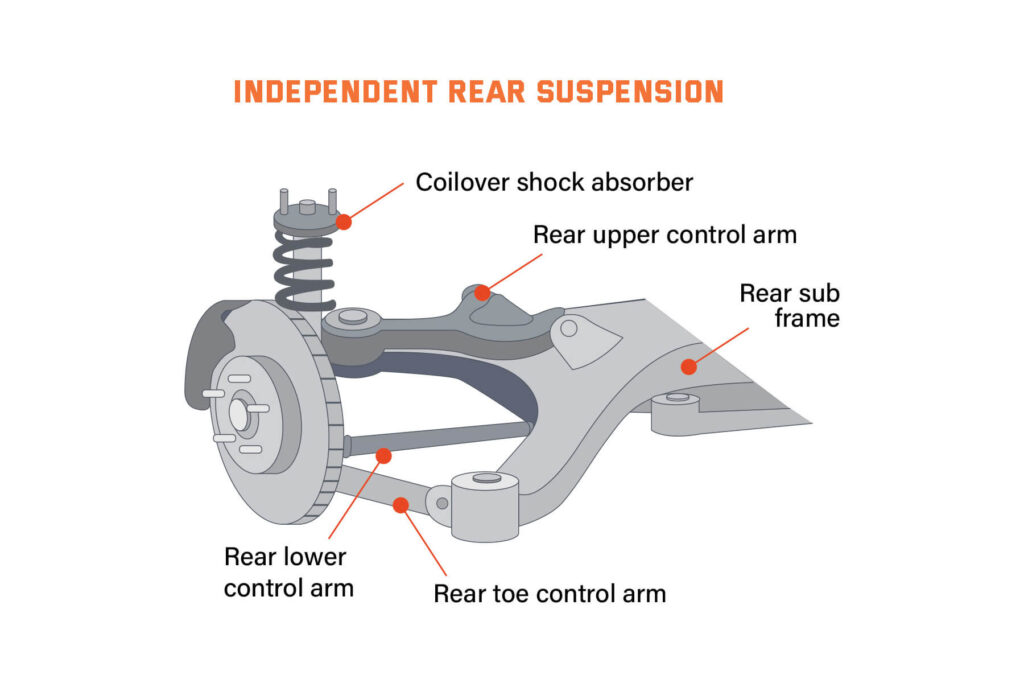
It is also very popular in slower speed, off-road vehicles such as rock crawlers, which tend to run a high level of torque through their driveline and place a lot of stress on their physical suspension components. High-speed, off-road trucks tend to lean towards independent suspension for its smoother ride and isolated control of handling obstacles.
Independent Suspension vs Solid Axle Suspension: Key Differences
Here’s how they stack up when you’re comparing the two suspension types:
| Feature | Independent Suspension | Solid Axle Suspension |
|---|---|---|
| Ride Comfort | Excellent | Rougher, especially on-road |
| Load Capacity | Lower | Higher |
| Durability | Moderate | High |
| Off-Road Capability | Great for speed | Ideal for rock crawling and low-speed terrain |
| Maintenance | More complex | Simpler, rugged |
Off-Road Axle Suspensions: Which One Wins?
If off-road performance matters most, solid axles usually come out ahead, particularly in low-speed, high-flex terrain. They’re a top pick for slower off-road builds like rock crawlers, which rely on high torque output through the driveline and put significant strain on their suspension components during rough, technical maneuvers. That’s where their simplicity and strength shine.
However, that doesn’t mean independent setups are left behind. In high-speed desert racing, you’ll often see independent suspension systems being used. The isolated wheel movement and lighter weight help keep the vehicle more stable during jumps and uneven terrain at speed.
When Should You Choose Solid Axle or Independent Suspension?
Still on the fence about which suspension setup is right for you? Here’s a practical way to think about it.
If you spend more time on the highway, drive a commuter SUV or crossover, or prioritize comfort and cornering over ruggedness, an independent suspension system is almost always the better choice. Its ability to handle uneven pavement, offer better fuel efficiency, and improve ride quality makes it ideal for everyday use.
On the other hand, if you’re building a truck for towing, hauling, or serious off-road adventures, a solid axle suspension system will give you the durability and control you need. It handles heavy payloads, is easier to repair in harsh conditions, and performs better in low-speed, high-articulation terrain like rocks, mud, or steep inclines.
Many modern trucks even combine the two by using independent front suspension for road comfort and solid rear axles for strength and utility.
So before upgrading or modifying your ride, ask yourself:
- What terrain will I cover the most?
- Should I prioritize comfort or durability?
- Will I be carrying gear, towing, or going off-road?
FAQs
1. Is independent suspension better than a solid axle?
Well… it really depends. On smooth roads or highways, independent suspension feels way more comfortable. You don’t get tossed around. But for hauling, towing, or even hitting the trails, solid axle suspension is tougher. It takes more abuse and keeps on going. No regrets there.
2. What are the benefits of a solid axle suspension?
Honestly? Solid axles just keep it simple. They’re built like a tank. Great for heavy loads, climbing over rocks, and mud. And if something breaks, easier to fix than those fancy linkages. Less stuff to go wrong, basically.
3. What are the advantages of independent suspension?
- Feels smoother on every bump.
- It turns better, handles sharp corners.
- It’s lighter, has shorter stopping distances, and fuels better too.
- Most new SUVs and crossovers come with independent suspension
4. Why are solid axles better for off-roading?
Because they work great together. Say one wheel sinks, a solid axle keeps the other in contact. More traction and are stronger under torque. These rigs don’t break easily when crawling hard. If your trails get technical, that’s the setup you can trust.
5. What is 4 wheel independent suspension?
It means each wheel moves on its own, not one side tied to the other. So if you hit a bump on one side, the other wheels don’t bounce around. You get a better ride and grip, especially over rough pavement or trail. Good in crossovers, performance off-road rigs, etc.
